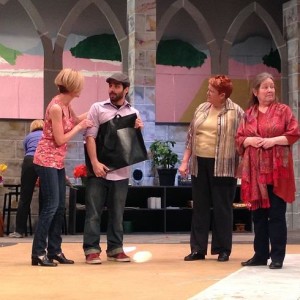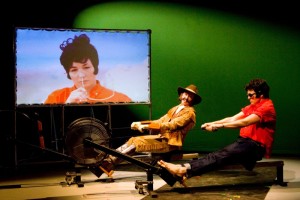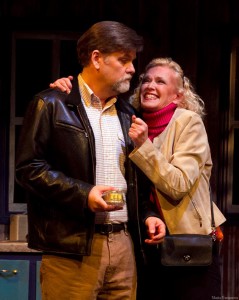The Marvelous Wonderettes: An entertaining pastiche of the past

The Marvelous Wonderettes
By Roger Bean
A Fundraiser for the Catholic Education Foundation of Ottawa at the Gladstone
Directed and choreographed by Aileen Szwarek
More of a musical revue than a fully-fledged musical, The Marvelous Wonderettes by Roger Bean is a light-hearted concoction that quickly evokes the 1950s and 60s through songs of the era.
The girl group entertaining at the Springfield High School on senior prom night 1958 runs through key pop songs of the era, interspersed with rivalry between the two “frenemies,” Cindy Lou and Betty Jean. Meanwhile, the other members of the singing foursome, organizer Missy and bubblehead Suzy, try their best to restore equilibrium, keep the entertainment on track and everyone on and off stage smiling. …



